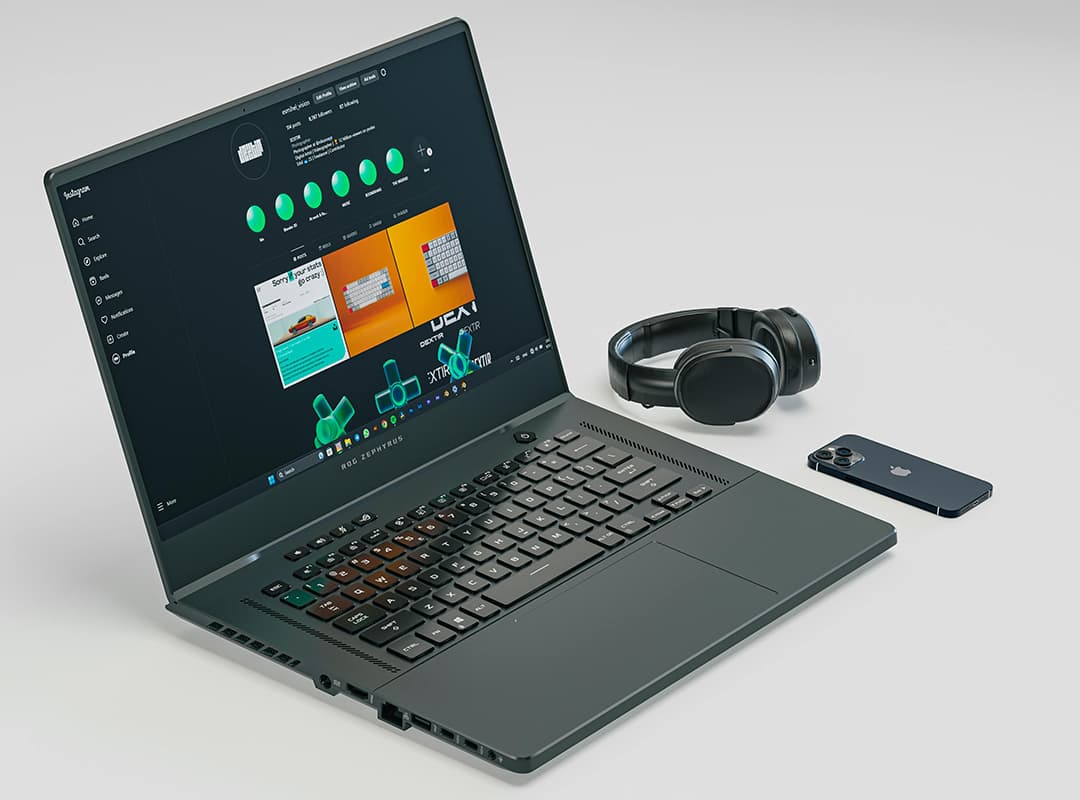
Optimizing 3D file sizes is essential for smoother project workflows, faster loading times, and efficient file storage. Large 3D files can often slow down both local and web-based applications, which can be problematic when sharing projects or using complex assets in real-time. Fortunately, there are several effective techniques to reduce 3D file sizes while maintaining visual quality. In this guide, we’ll explore these techniques, along with...

3D viewing software offers powerful ways to visualize, manipulate, and interact with three-dimensional content. However, many users find that plugins and extensions can significantly enhance their 3D viewers by adding specialized functions and improving performance. These add-ons are particularly helpful for achieving complex effects, streamlining workflows, and boosting overall functionality. Here, we explore some of the most useful plugins...

File format compatibility can be a common hurdle when working with 3D viewers and visualization tools. Different software programs support different file types, and mismatched formats can lead to frustrating loading errors or incomplete rendering. Here, we’ll explore how to handle file compatibility issues effectively so that your 3D visuals display as intended. In this guide, we’ll also cover how tools like Pix Maker can assist in...

When working with 3D images, a common frustration can be images that refuse to load correctly or at all. Whether you’re using specialized software for design or immersive visualization tools like panorama tools, there are practical steps you can take to troubleshoot and resolve these issues. 1. Check File Compatibility Many 3D viewers support only specific file formats, so a 3D image may not load if it’s in an unsupported format. Popular...

Using 3D viewers can significantly enhance visualization tasks, from design reviews to immersive virtual tours. However, working with 3D content also presents unique challenges. When users are not fully aware of best practices or fall into common pitfalls, the experience can become frustrating and time-consuming. Here, we’ll look at some common mistakes when using 3D viewers and provide tips for smooth and efficient usage. And remember, tools...

Virtual reality (VR) and 3D viewers are two powerful technologies that are transforming how we interact with digital content. When combined, they offer an even more immersive and interactive experience, pushing the boundaries of visualization in fields such as education, real estate, tourism, and entertainment. This article explores how these two technologies can work together, the potential they hold, and how tools like virtual tour free...

The 3D visualization industry is rapidly evolving, offering transformative solutions across multiple fields such as entertainment, education, real estate, and tourism. As technology advances, 3D visualization is becoming more immersive, interactive, and accessible, with new trends shaping its future direction. This article highlights the most significant trends expected to dominate 3D visualization in the coming years, with a particular...

The field of 3D visualization is rapidly evolving, thanks to the integration of artificial intelligence (AI) and augmented reality (AR). These technologies are reshaping how we interact with digital spaces, with applications spanning industries from gaming and real estate to education and retail. The demand for high-quality, immersive 3D viewers is growing, and AI and AR innovations are helping push these tools to new frontiers. This article...







